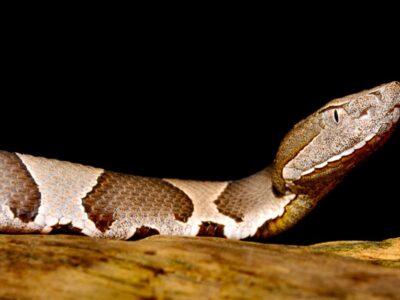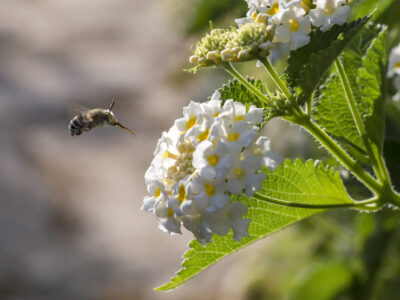The state of Virginia can be split up into five separate ecological regions with environments ranging from coastline and wetlands to lowlands to dramatic hills and mountains. The Virginia Department of Wildlife Resources lists over a hundred species of mammal in the state, but that’s just scratching the surface of wildlife that includes extensive marine ecosystems and over 200 endemic bird species.
Much of Virginia’s wildlife is similar to adjoining states like North Carolina and Tennessee. White-tail deer, black bears, squirrels, and other rodents are all integral parts of these ecosystems, and both golden eagles and woodpeckers patrol the skies. Virginia’s waters are also a delight for fishing enthusiasts. Pike, perch, trout, and bass are just a few of the fish found in abundance in Virginia’s lakes and rivers.
The Official Animal of Virginia
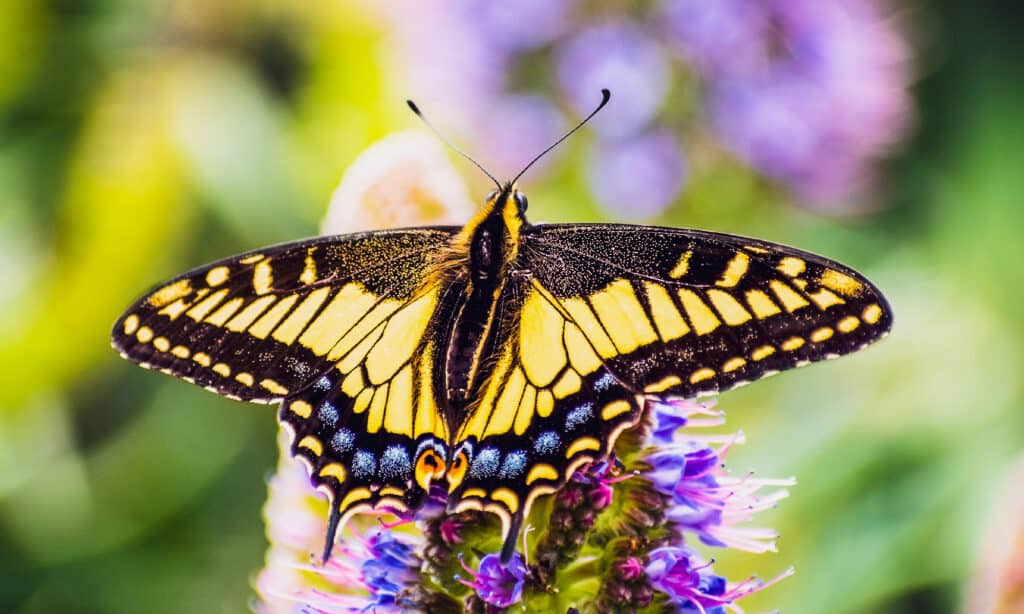
The Tiger swallowtail
butterfly
is the official insect of Virginia.
©iStock.com/Sundry Photography
The state bird of Virginia, the cardinal, is a songbird with a distinct red hue. It can be seen throughout the year in much of North America and is known for its legendary singing ability. The state bat, the native Virginia Big-Eared bat, has large ears that are used to detect prey in the night sky. This species is identified by its unique fur coloration, which ranges from reddish-brown to black.
The Eastern Garter snake is another reptile species found in Virginia and serves as their official state snake. They inhabit many different habitats ranging from woodlands to grassy meadows and feed primarily on small rodents or frogs.
Finally, one of nature’s most beautiful insects, the Tiger Swallowtail butterfly, was declared Virginia’s official insect in 1977 due to its stunning yellow and black markings that truly stand out amongst other butterflies. While there may not be an official animal for the Commonwealth State just yet, it doesn’t mean you won’t find plenty of incredible creatures living within its borders!
Where To Find The Top Wild Animals in Virginia
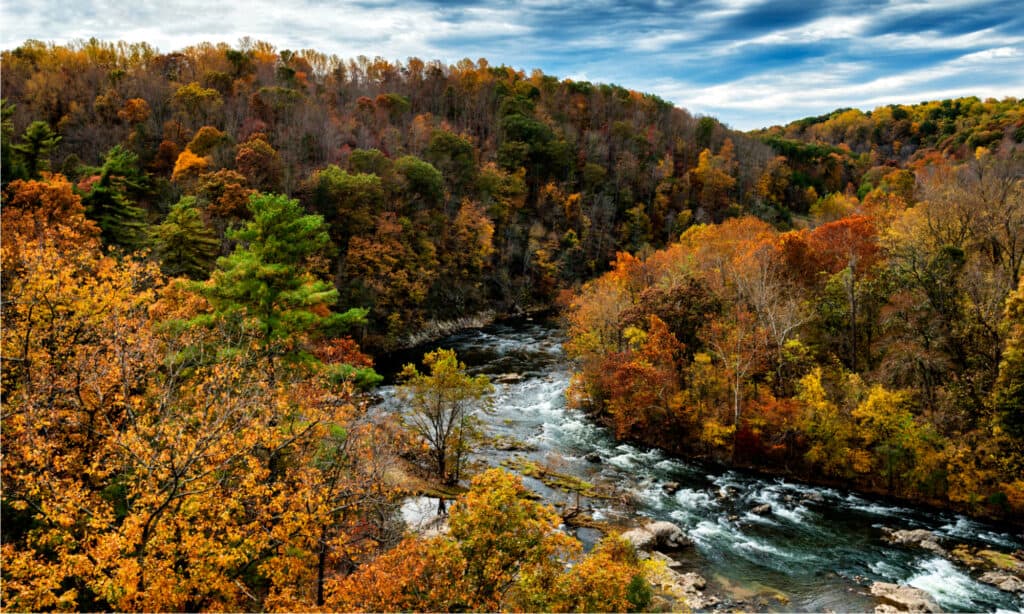
The Roanoke River along the Blue Ridge Parkway National Park, Virginia, is a great spot to see wildlife.
©Malachi Jacobs/Shutterstock.com
Virginia is home to a whopping 41 state parks and 22 national parks, waterfalls with thousands of campsites available — and while that means there are plenty of places to see nature, it can be a little bit overwhelming if you don’t know where to start.
The Mid-Atlantic Coastal Plain is home to stretches of wild Atlantic coastline as well as expansive swamps and estuaries. The wildlife here includes red foxes, turtles, river otters, and multiple species of shrews, mice, and other rodents.
Further inland is the Central Appalachian Forest. The heavily wooded area encompasses the heavily wooded Blue Ridge Mountains, which then extend all the way to Pennsylvania. Many of the same species from the Mid-Atlantic Coastal Plain call this region home. Black bears are the apex predator here, but they share the land with rabbits, foxes, moose, and white-tail deer.
Five major rivers dump into the bay that feeds the Chesapeake Bay Lowlands region, and that makes it a similar ecosystem to the Mid-Atlantic Coastal Plain. Bird species like bald eagles and ospreys tend to dominate here, as the marshlands leave them with plenty of marine prey for scavenging. The hundreds of species of fish here make it ideal for fishing. Some sharks are also a common sight in Virginia Beaches.
The foothills of the Appalachian Mountains are known as the Piedmont Region, and the environment here is rich with species shared with both the swamp and the mountains. White-tail deer are a common sight, but you’ll also find coyotes, woodpeckers, and marine wildlife that includes both catfish and sunfish.
The South Atlantic Coastal Plain stretches out to Florida and South Carolina and is predominantly marsh and swamp. Multiple rivers run through this area, and the ecosystem is primarily composed of wading birds, reptiles, and amphibians, in addition to the rich fish population.
Popular places to see animals in each ecoregion include:
- Great Dismal Swamp National Wildlife Refuge
- Jackson M. Abbott Wetland Refuge
- Shenandoah Wilderness
- Conway Robinson State Forest
- Kiptopeke State Park
- First Landing State Park
- Sky Meadows State Park
- Prince William Forest Park
- Assateague Island National Seashore
- Colonial National Historical Park
The Most Dangerous Animals In Virginia Today

Black bears are some of the more dangerous animals in Virginia.
©iStock.com/Annalise Kaylor
The vast and unspoiled wilderness of Virginia has created massive playgrounds where fierce predators can roam unhindered. The black bear is common throughout the state. That said, there are predatory cats in the form of both pumas and bobcats.
Of Virginia’s roughly 30 snake species, only three are venomous. The copperhead, cottonmouth, and timber rattlesnake all produce venom that could exacerbate a bite. The copperhead is the least venomous of the three, and bites are rarely fatal.
3 Biggest Animals in Virginia
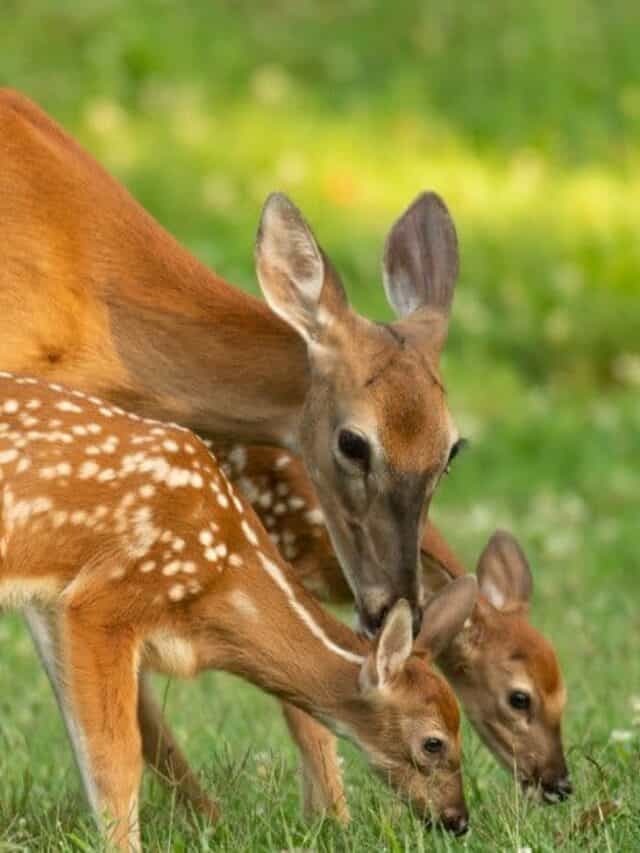
White-tailed deer are among the largest animals in Virginia.
©Tony Campbell/Shutterstock.com
The three biggest animals found in Virginia are black bears, white-tailed deer, and wild turkeys. Black bears can reach up to 6 feet high when standing on their hind legs and weigh up to 600 pounds. They live in the heavily forested areas of western Virginia as well as in some suburban neighborhoods around Richmond.
White-tailed deer are the most common large mammal in Virginia, with a typical adult male measuring between 3.5 and 4 feet tall at the shoulder and weighing around 200 pounds. These animals can be seen almost anywhere across the state, from woodlands to suburbs or even grassy fields near highways.
Wild turkeys are also abundant throughout much of Virginia, with adults reaching heights over 3 feet when standing upright and body weights up to 18 lbs for males or 10 lbs for females. Turkeys prefer open habitats such as woods edges or grassy fields, but they may have been seen straying into yards looking for food scraps during winter months.
All three species play an important role in keeping ecosystems balanced by helping control populations of smaller prey species, spreading seeds through their droppings, creating habitat diversity by grazing, and providing food sources for larger predators like mountain lions or coyotes that rarely venture into settled areas of Virginia but still rely on these same foods available there.
3 Rarest Animals in Virginia
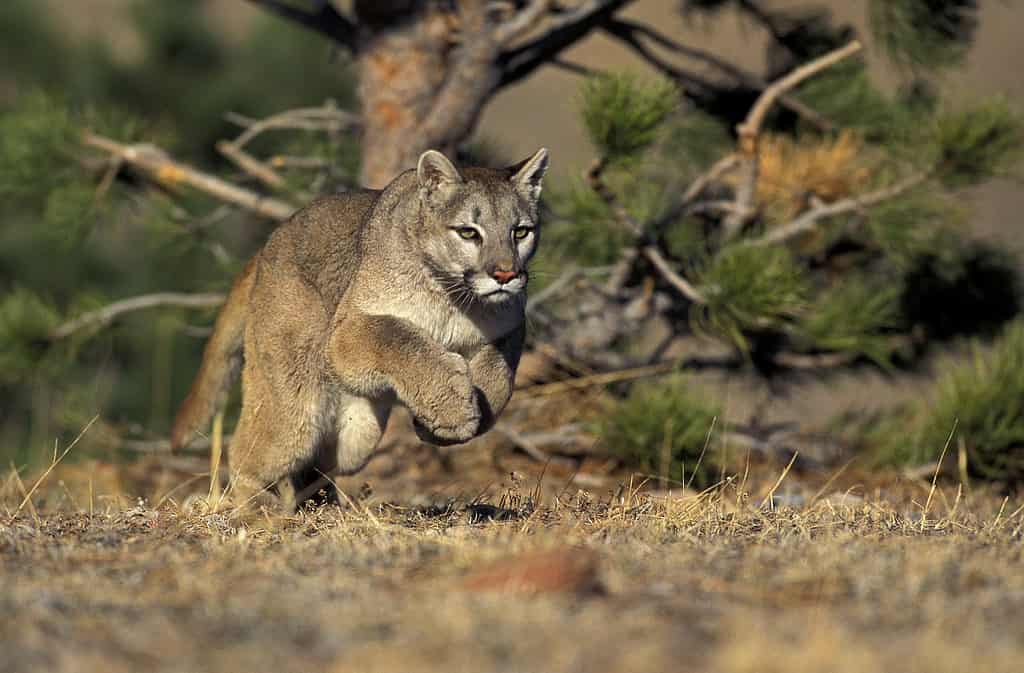
Mountain lions are a rare animal to spot in Virginia
©iStock.com/slowmotiongli
There are a few rare animals in Virginia that have not been officially classified as endangered species. The first of these is the mountain lion, which can be found in the mountainous areas of western and southwestern Virginia. This species has a strong history with Native American tribes in the area who tell stories about its presence and even hunted them for their fur. In modern times, this animal is rarely seen, but sightings do still occur on occasion.
Another rare animal living in Virginia is the Black Bear. These creatures prefer to inhabit wooded areas along rivers and streams where they can find food such as fish, berries, and nuts. They typically live alone or with their cubs until they reach maturity. While black bears are not considered an endangered species yet, conservation efforts have been put into place to help protect them from habitat loss due to human activity, such as logging or development projects near their natural habitats.
The last rare animal native to Virginia is the Allegheny Woodrat – also known as “packrats” by those who live near them! These rodents build intricate dens out of sticks and leaves that provide shelter and escape from predators like foxes or coyotes. They primarily eat vegetation such as fruits and nuts but may occasionally hunt small prey animals, like insects or lizards.
Endangered Animals
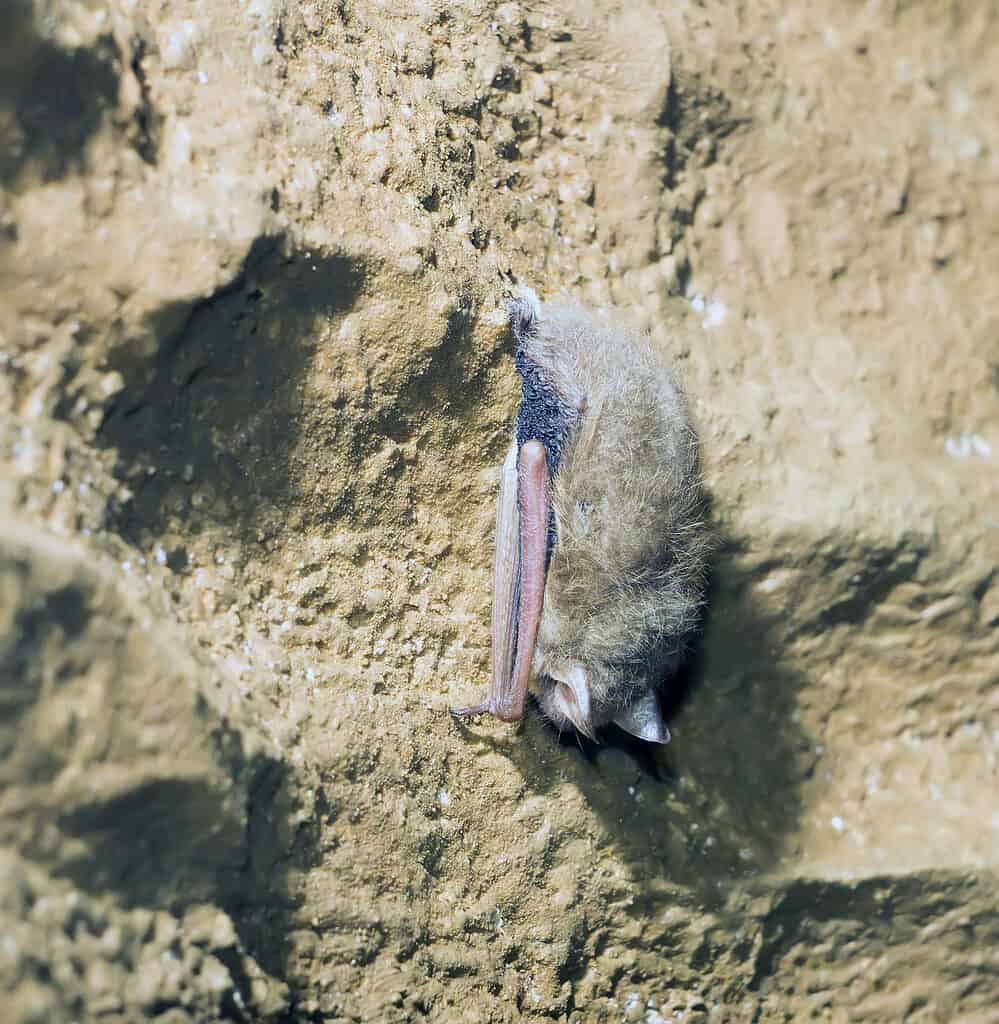
The Indiana bat is endangered in Virginia.
©IrinaK/Shutterstock.com
The Virginia landscape is home to over two dozen endangered animals. These include species such as the Eastern hellbender, red-cockaded woodpecker, Indiana bat, and more. So why are these animals becoming endangered in Virginia? The primary reason for their endangerment is habitat loss caused by human activities like urbanization and the development of land for agricultural use. Additionally, illegal hunting and poaching can also contribute to the decline of certain animal populations.
What can Virginians do to help protect these animals? One way would be through volunteering with organizations that work on conservation efforts or engaging with local governments regarding policies around wildlife protection. Lobbying state legislators or donating resources towards restoration projects are also great ways to show support for preserving our native species and habitats.
Lastly, educating oneself on what specific threats each species faces will help give a better understanding of how they’re impacted by changes in their environment so that we can better advocate for them when needed!
- Gray bat – A species that’s entire population is restricted to only 11 caves.
- Humpback whale – Known for their beautiful and mesmerizing songs, they’re still recovering from exploitation by the whaling industry.
- West Indian manatee – One of the rarest sea mammals, it’s remained on the U.S. Endangered Species list since the 1970s.
- Red-cockaded woodpecker – A species that ranks among the rarest of wild woodpeckers, this species has seen devastation thanks to the loss of the long-leaf pine.
Zoos in Virginia
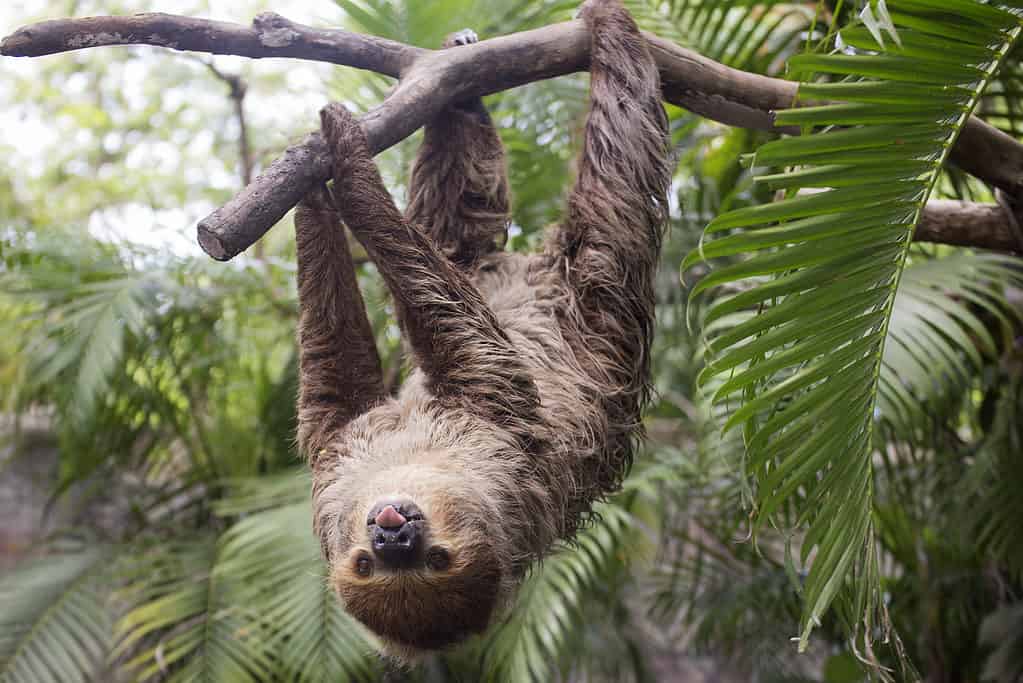
Unusual animals like sloths can be viewed at zoos in Virginia.
©iStock.com/Kung_Mangkorn
Zoos can be incredibly beneficial to animals and humans alike. For animals, zoos provide a safe environment with plentiful resources, such as food and shelter. They also have dedicated teams of veterinarians and animal care specialists who are there to ensure that the animals get the best possible care. This helps create an ideal habitat for endangered species, allowing them to thrive in captivity and potentially increase their numbers over time.
For humans, zoos offer educational opportunities for conservation and wildlife preservation, helping people understand why it is important to protect these creatures from going extinct in the wild. Additionally, they give us access to see incredible species up close that we may not otherwise have the chance to encounter in our daily lives. This gives us greater insight into how unique each creature truly is. On top of that, zoos often host programs that help teach children responsibility through caring for different types of animals, making it an excellent way for them to foster a sense of respect toward nature at an early age!
Virginia zoos include:
Native Plants in Virginia
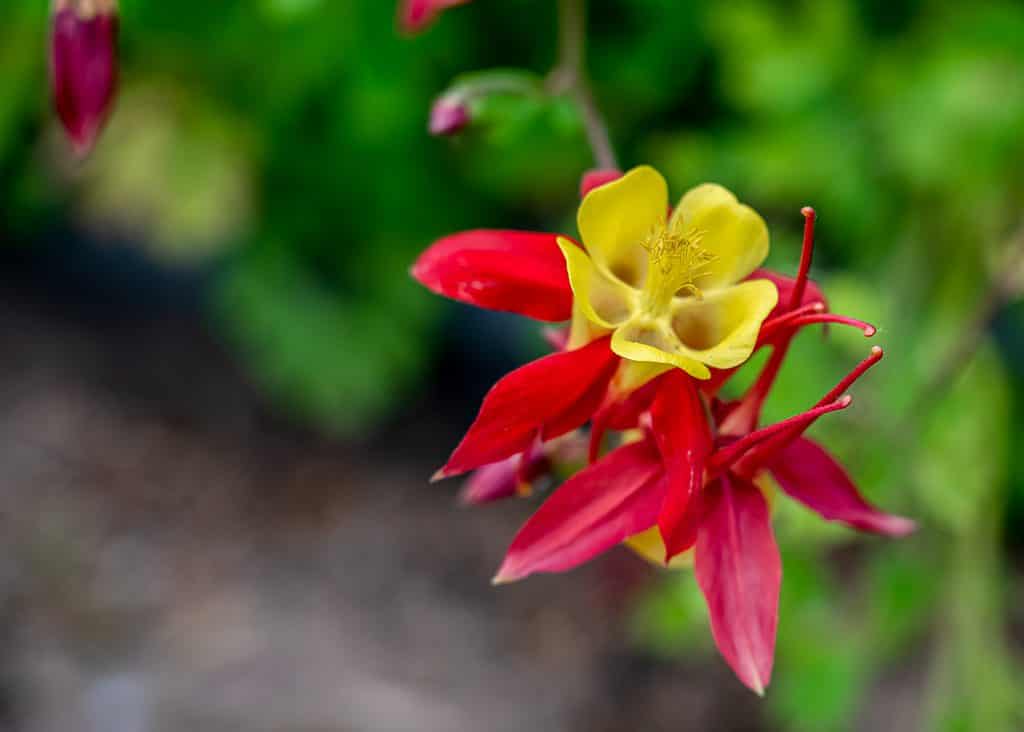
Columbines are native to Virginia.
©Martin Hibberd/Shutterstock.com
From wild geranium and black-eyed Susans to wild bergamot and flowering dogwood, each of these plants, flowers, and trees is unique in its own right, whether you’re in Old Dominion or not. If you’re more of a flora person than fauna, there are beautiful native plants in Virginia worth exploring.
Virginia is home to a wide variety of native wildflowers, including species such as bluebells, trilliums, and Indian pinks. These flowers can be seen in open fields, meadows, woodlands, and along roadsides throughout the state.
In addition to these common varieties, there are also numerous rare or endangered species found only in certain parts of Virginia. Some examples include the white fringeless orchid, which grows in wet woods and on moss-covered rocks, and the mountain laurel, which prefers acidic soils.
You may spot a purple coneflower growing in moist soils or a wild columbine in rocky habitats. And, of course, there is the waterleaf which thrives near streams and wetlands. Each wildflower has its own unique habitat preferences, so it’s important to do some research before heading out into nature to observe them!
Beetles in Virginia
Beetles play a significant role in Virginia’s ecosystem. while beetles have their pros and cons, they remain essential in the balance of things. Virginia has a host of indigenous beetles with interesting characteristics.
More Articles Related to Virginia
Read about:
- extinct animals that lived in Virginia.
- ticks in Virginia.
- spiders in Virginia.
- roaches In Virginia.
- the most beautiful waterfalls in Virginia.
- the biggest fish in Virginia.
- the best dog parks in Virginia Beach, Norfolk, Richmond, and Chesapeake, Virginia.
- the best places to camp in Virginia.
- the best fish to catch in Virginia this summer.
- the longest biking trail in Virginia.
- Native Plants in Virginia
- Discover the Coldest Place in Virginia
Virginian Animals

Admiral Butterfly
Stunningly beautiful wings
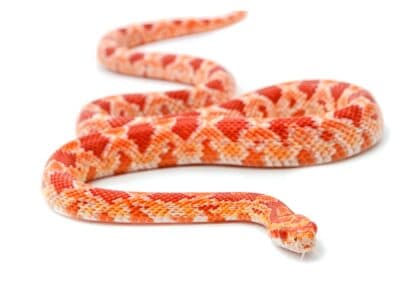
Albino (Amelanistic) Corn Snake
Albino corn snakes make great beginner snakes.
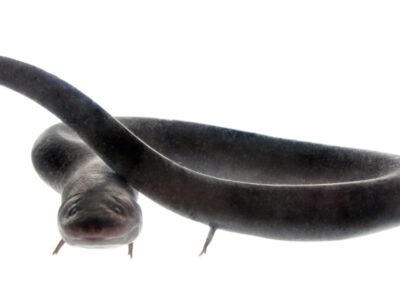
American Eel
Don't eat raw eel! Their blood is poisonous to humans when consumed raw.

Armyworm
They are so named because they "march" in armies of worms from one crop to another in search of food
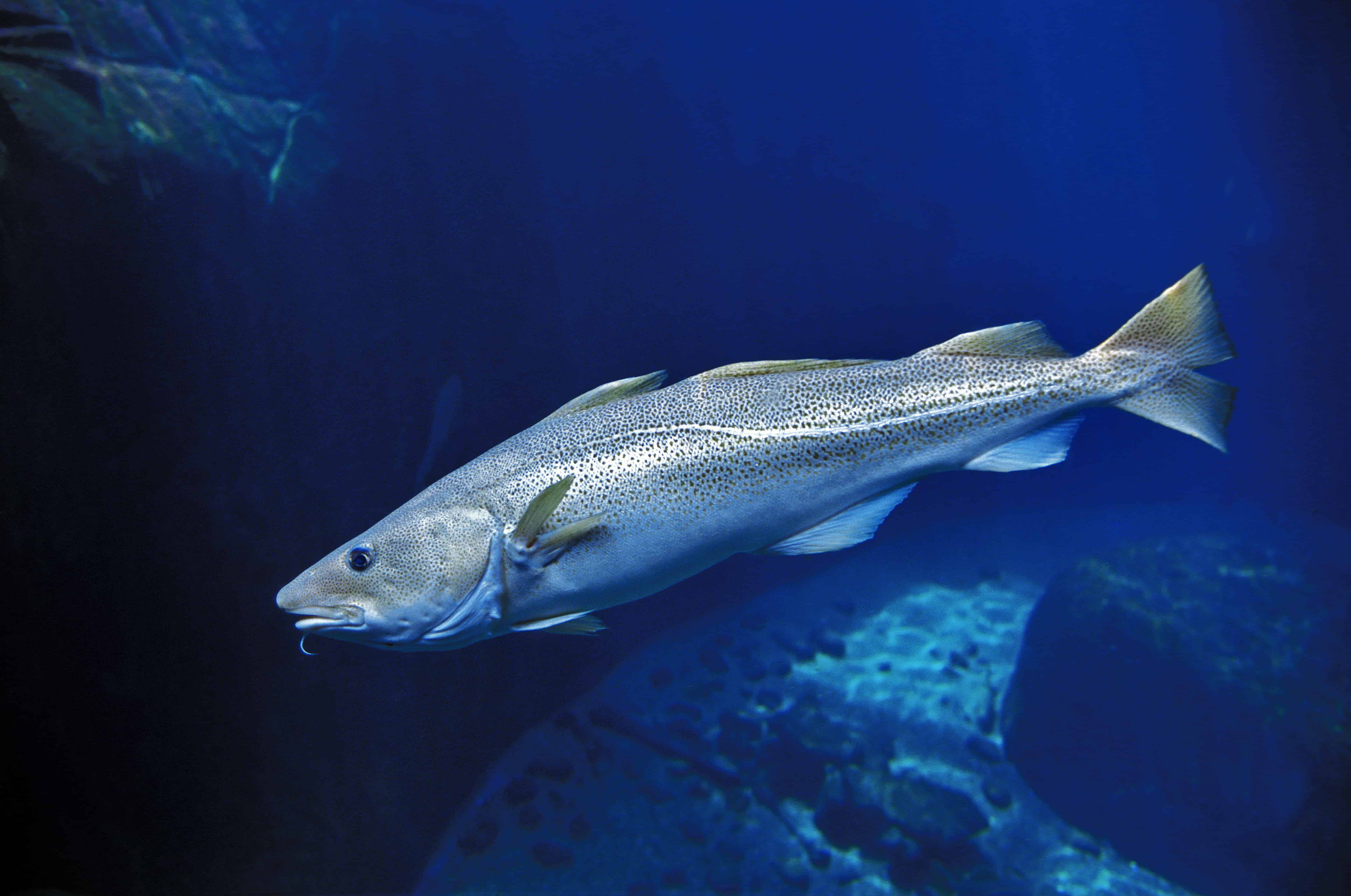
Atlantic Cod
One of the most popular food fishes in the world
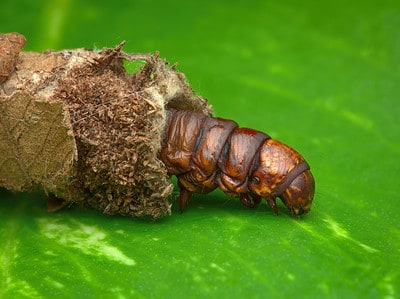
Bagworm Moth Caterpillar
They continually enlarge their protective cases

Beewolf wasp
They hunt bees
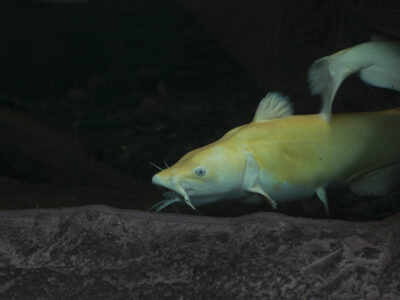
Blue Catfish
It's a strong fighter when caught on a fishing line
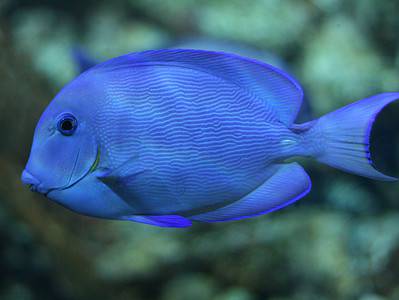
Blue Tang
One of the most colorful members of the genus Acanthurus

Brook Trout
The Brook Trout is actually part of the salmon family, making it not technically a trout.
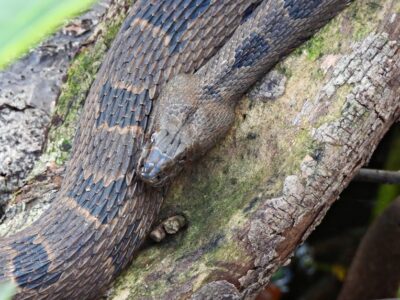
Brown Water Snake
Has more scales than any other water snake on the continent: 27 to 33 rows of dorsal scales!

Clearnose Skate
The skate with translucent nose patches

Common Yellowthroat
The Common Yellowthroat stays close to the ground and uses stealth to survive!

Corn Earworm
The corn earworm is capable of devouring an entire crop in just a few days
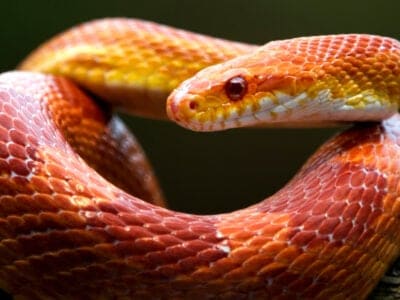
Corn Snake
Corn snakes are partly arboreal and are excellent climbers.
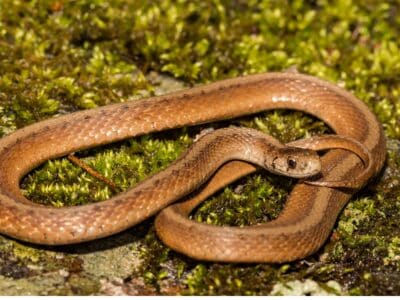
De Kay’s Brown Snake
They have specialized jaws for removing snails from shells.
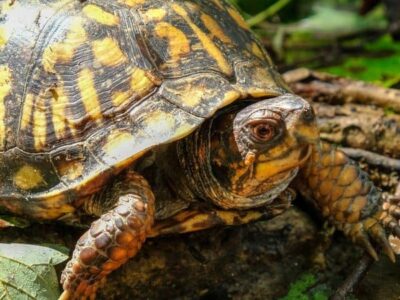
Eastern Box Turtle
When injured or damaged, the shell of the eastern box turtle can regenerate

Eastern Chipmunk
The name chipmunk is derived from an Ojibwe word that means “one who descends the trees headfirst.”
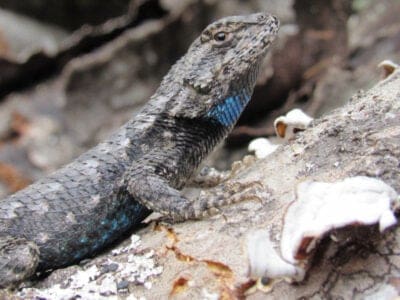
Eastern Fence Lizard
Females are usually larger than males.

Eastern Hognose Snake
Eastern hognose snakes are venomous, but only to frogs and toads.

Flea
Adult fleas can jump up to 7 inches in the air
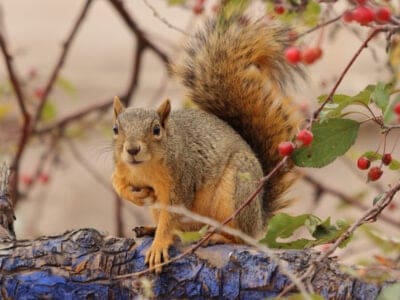
Fox Squirrel
Although it is a tree squirrel, it spends most of its time on the ground.

Green Snake
There are two types of green snakes: smooth green snakes and rough green snakes

Groundhog (Woodchuck)
They whistle to each other to warn of approaching danger!

Jack Crevalle
One of the biggest species in the Caranx genus

Jackrabbit
They can run as fast as 45 mph.

Kentucky Warbler
The Kentucky Warbler appears to wear bright yellow cat-eye glasses!
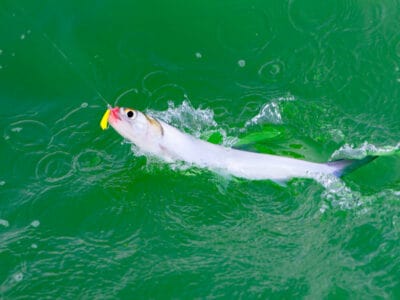
Ladyfish
Ladyfish are aggressive fighter when hooked, making them a favorite of anglers.

Mealybug
They have a symbiotic relationship with ants.

Mockingbird
Mockingbirds are incredible mimics that can learn hundreds of songs!
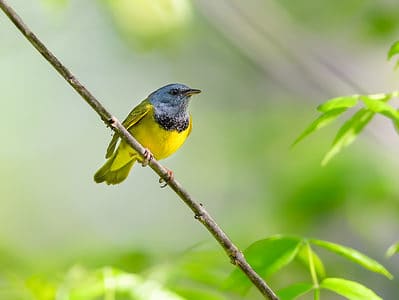
Mourning Warbler
The Mourning Warbler was named for its gray head, which resembles a mourning veil!
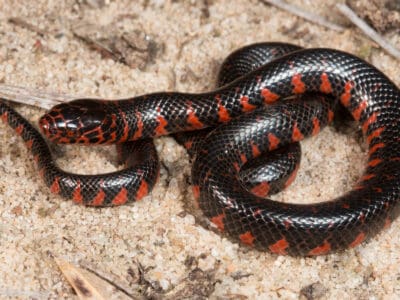
Mud Snake
Mud snakes can lay over 100 eggs at a single time!

Nematode
Nematodes range in size from 1/10 of an inch to 28 feet long

Northern Water Snake
Northern watersnakes’ teeth help them nab fish as they swim by.

Orb Weaver
Females are about four times the size of males

Owl
The owl can rotate its head some 270 degrees
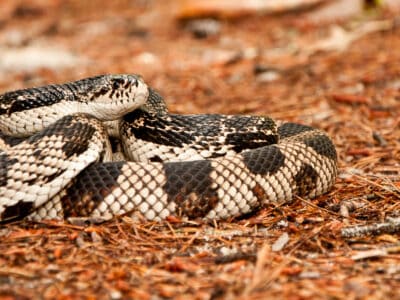
Pine Snake
Pine snakes bluff with the best, trying to scare you away.
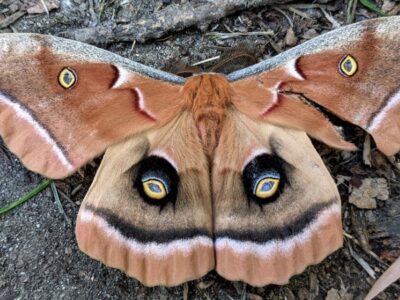
Polyphemus Moth
The Polyphemus moth doesn’t and can't eat, except when it's a caterpillar!

Pompano Fish
They are bottom-feeders
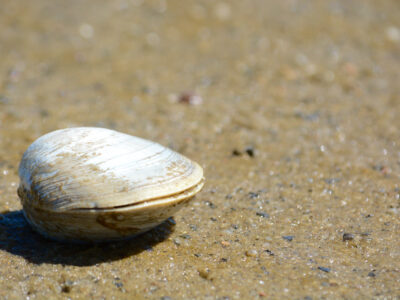
Quahog Clam
Their hinged shell protects their soft body
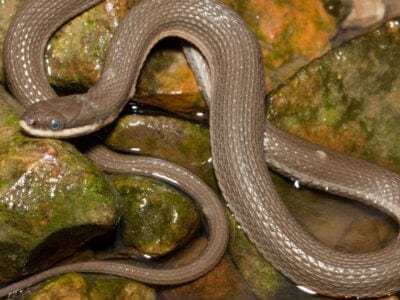
Queen Snake
Queen snakes have armor-like scales on the top of their head

Rat Snakes
Rat snakes are constrictors from the Colubridae family of snakes.

Red-Bellied Woodpecker
Red-Bellied Woodpeckers will often steal the nests of other birds.
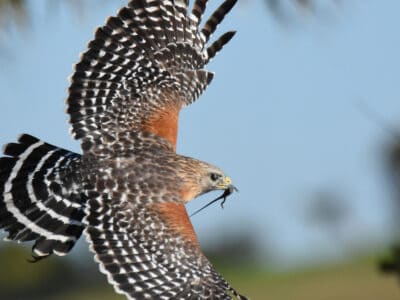
Red-Shouldered Hawk
Red-Shouldered Hawks reuse the same nesting area each year.

Rooster
Will mate with the entire flock!

Rough Earth Snake
It has a pointed snout that is uses to burrow into moist soil.
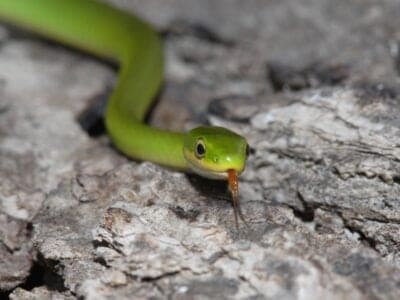
Rough Green Snake
Rough green snakes are great pet snakes because they're low-maintenance.
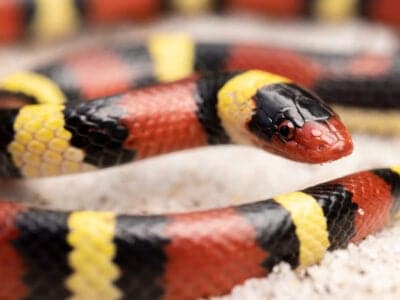
Scarlet Kingsnake
Scarlet kingsnake’s pattern is an example of Batesian mimicry.
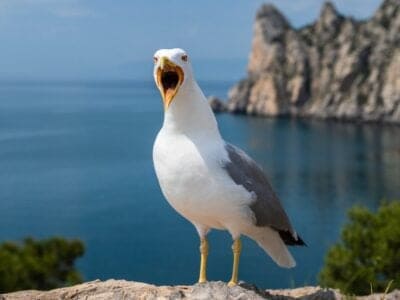
Seagull
Some gulls are capable of using tools

Smallmouth Bass
A fierce fighter!

Smokybrown Cockroach
Has up to 45 eggs per egg case
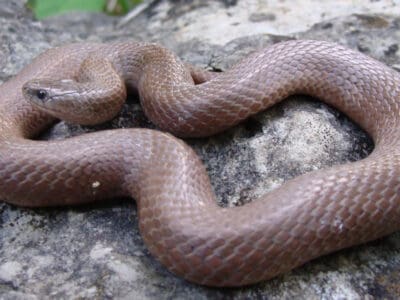
Smooth Earth Snake
Valeria Biddle Blaney (1828-1900) collected the first specimen in Maryland.
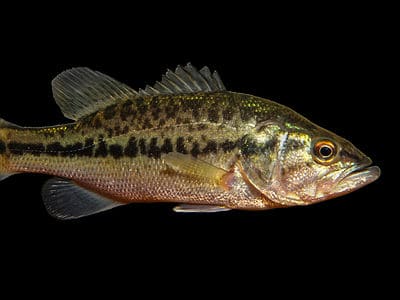
Spotted Bass
Spotted bass tend to congregate in schools unlike other types of bass fish.
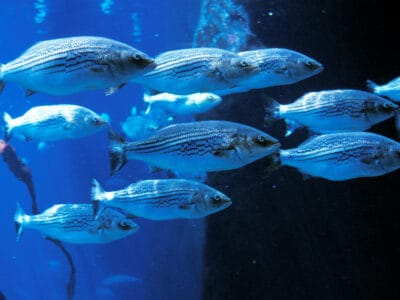
Striped Bass
Pilgrims counted striped bass as an essential part of their diet from the time they arrived in North America.

Tree Cricket
They make music with their wings
Virginian Animals List
- Admiral Butterfly
- Agkistrodon Contortrix
- Albino (Amelanistic) Corn Snake
- American Eel
- Armyworm
- Atlantic Cod
- Bagworm Moth Caterpillar
- Beewolf wasp
- Blue Catfish
- Blue Tang
- Brook Trout
- Brown Water Snake
- Clearnose Skate
- Common Yellowthroat
- Corn Earworm
- Corn Snake
- De Kay’s Brown Snake
- Dire Wolf
- Eastern Box Turtle
- Eastern Chipmunk
- Eastern Fence Lizard
- Eastern Hognose Snake
- Flea
- Fox Squirrel
- Green Snake
- Groundhog (Woodchuck)
- Jack Crevalle
- Jackrabbit
- Kentucky Warbler
- Ladyfish
- Mealybug
- Milk Snake
- Moccasin Snake
- Mockingbird
- Mourning Warbler
- Mud Snake
- Nematode
- Northern Water Snake
- Orb Weaver
- Owl
- Pine Snake
- Pine Snake
- Polyphemus Moth
- Pompano Fish
- Quahog Clam
- Queen Snake
- Rat Snakes
- Red-Bellied Woodpecker
- Red-Shouldered Hawk
- Rooster
- Rough Earth Snake
- Rough Green Snake
- Scarlet Kingsnake
- Seagull
- Smallmouth Bass
- Smokybrown Cockroach
- Smooth Earth Snake
- Southeastern Blueberry Bee
- Spotted Bass
- Striped Bass
- Swallowtail Butterfly
- Tree Cricket
- Yellowish Cuckoo Bumblebee (formerly Fernald’s Cuckoo Bumblebee)
Animals in Virginia FAQs (Frequently Asked Questions)
What animals are found in VA?
The wildlife in Virginia is diverse, but common predators include black bears, red and gray foxes, and puma. Other mammalian wildlife that lives there includes raccoons, skunks, opossums, and rodents like squirrels. White-tail deer are also common.
There are also some strange mammals that aren’t native. These strange species include elk and moose, but dangerous and predatory bull sharks have been seen off of Virginia’s coast as well.
What is the most dangerous animal in Virginia?
While it might seem weird, dogs are actually the most dangerous wildlife in Virginia for humans. The state is home to predators that include bears, pumas, and rattlesnakes — but you’re more likely to bite from a dog bite than any of them since they tend to avoid humans.
Does Virginia have platypus?
The strange mammals known as platypuses are exclusive to eastern Australia. You’re highly unlikely to find this weird wildlife in Virginia unless you’re visiting a zoo.
Are there badgers in Virginia?
Badgers are not native to Virginia. If you happen to see one, you’re looking at a weird aberration.
What black snakes are in Virginia?
Virginia is home to a number of black snakes. Some common ones include the eastern rat snake, the eastern black kingsnake, the black racer, and the plain-bellied water snake.
What are the best national parks in Virginia?
Virginia is home to a number of national parks and historical sites. Some of the most notable include Appomattox Courthouse, Fort Monroe National Monument, and George Washington’s Birthplace National Monument.
What venomous (poisonous) spiders are in Virginia?
The main venomous spider to be aware of in Virginia is the black widow. In addition, there are also brown recluses.
When do snakes come out in Virginia?
Most snakes come out of hibernation (called “brumation” in reptiles) in March.




